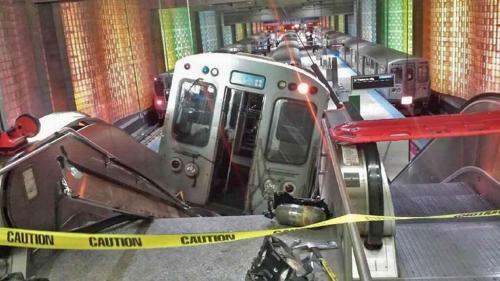
The landing strips and taxiways were mown grass. The first terminal building was a one-story wood and tar paper structure that looked like a warehouse. Short was appointed Airport Director in 1929, and remained in this position until 1955. The city of Tulsa purchased the airport, then named Tulsa Municipal Airport, in 1929, and put its supervision under the Tulsa Park Board. Using this vehicle, Skelly obtained signatures from several prominent Tulsa businessmen put up $172,000 to buy 390 acres (160 hectares) for a municipal airport. In the case of the Tulsa airport, the note would be paid from airport fees. The note would be retired with the stud fees paid for use of the horse. The initial municipal airport was financed with a so-called "stud horse note", a promissory note like those used by groups of farmers or horse breeders who would collectively underwrite the purchase of a promising stud horse. Lindbergh pointed this out at a banquet given that night in his honor. All of these were superior to the privately owned McIntyre Field. Lindbergh had already landed at Oklahoma City Municipal Airport, Bartlesville Municipal Airport and Muskogee's Hatbox Field. In addition to being a wealthy oilman and founder of Skelly Oil Company, Skelly founded Spartan Aircraft Company. Skelly, who was then president of the local Chamber of Commerce, as well as a booster of the young aviation industry. He had been persuaded to visit Tulsa by William G. Ĭharles Lindbergh landed at McIntyre Field on September 30, 1927. In 1940, McIntyre accepted a position with Lockheed Corporation and moved to California. This airport would later become the Brown Airport (after a number of owners and names including the commercial airport before it moved to 61st and Yale). He ran the airport and became the president of the new venture. Garland, a Tulsa oil man and owner of the Garland Airport at 51st and Sheridan Road for $350,000. McIntyre evidently closed his airport during the 1930s and merged it with R. McIntyre Field had three hangars to house 40 aircraft and a beacon for landings after sundown. He moved and established a private airport on an 80-acre tract at the corner of Admiral Place and Sheridan Avenue. His first airport was located at Apache and Memorial and opened August 22, 1919. McIntyre, an early aviator and native of New Zealand, moved to Tulsa in 1919. 2.3 Lufthansa Technik Component Servicesĭuncan A.


The Tulsa Air and Space Museum is on the northwest side of the airport.

Spirit AeroSystems also builds Boeing wing and floor beam parts and Gulfstream wing parts in a facility on the east side of the airport, just north of runway 26. Spirit AeroSystems currently builds commercial airline parts for Boeing aircraft in part of the building and IC Bus Corporation assembles school buses in the other part. After the war this facility was used by Douglas (later McDonnell Douglas) and Rockwell International (later Boeing) for aircraft manufacturing, modification, repair, and research. 3 was built on the southeast side of the airport, and Douglas Aircraft manufactured several types of aircraft there. The airport is the global maintenance headquarters for American Airlines. The 138th Fighter Wing of the Oklahoma Air National Guard is based at the co-located Tulsa Air National Guard Base. It was named Tulsa Municipal Airport when the city acquired it in 1929 it got its present name in 1963. Tulsa International Airport ( IATA: TUL, ICAO: KTUL, FAA LID: TUL) is a civil-military airport five miles (8 km) northeast of downtown Tulsa, in Tulsa County, Oklahoma, United States. Source: Federal Aviation Administration, TUL Airport


 0 kommentar(er)
0 kommentar(er)
